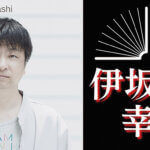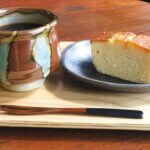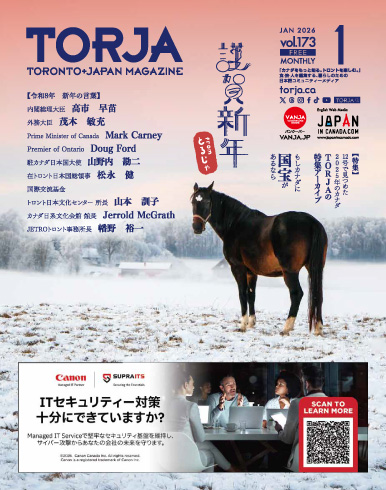Oki Sato is the founder of Nendo Studios, a design studio with the following philosophy:
There are so many small ” ! ” moments hidden in our everyday.
But we don’t recognize them.
and even when we do recognize them,we tend to unconsciously reset our
minds and forget what we’ve seen.
But we believe these small ” ! ” moments are what make our days so
interesting, so rich.
That’s why we want to reconstitute the everyday by collecting and
reshaping them into something that’s easy to understand.
We’d like the people who’ve encountered nendo’s designs to feel these
small ” ! ” moments intuitively.
That’s Nendo’s job.
The Toronto-born, Tokyo based designer, Oki Sato describes his day as “I wake up. I eat. I design. I drink coffee. That’s basically it.” His routine, simply lifestyle is reflected in his work—practical, small things with a “thoughtful twist”.
“Some designers are like chefs”, he said in an interview with GQ. “The chef likes to work with certain kinds of vegetables or meats. I’m more like a stay-at-home parent. I open the fridge and see what’s in and see pieces of things and come up with new ideas.”
Sato’s studio, Nendo, rethinks what we use in our daily lives and pushes them forward.
“It’s not about minimalism but the idea has to be very simple. To me, an object needs to be functional and has to be fun. The word ‘fun’ is inside of ‘function’.” I’m not interested in colours or aesthetics. What interests me is the story behind an object. To me, an object has to be talkative, can tell an interesting story. I want my ideas to be like sushi. Fresh. I cut the raw fish and then I serve.
Sato has a close working relationship with the designer, Issey Miyake. Miyake’s Pleats collection uses plastic threads and paper, causing a number of paper rolls to be left behind. Miyake asked Sato to create a chair with the paper rolls. The product Sato came up with is below: The Cabbage Chair.
Nendo Studio challenges us to rethink the purpose of the things we use every day. Using a simple approach to reinvent it, making the simple interesting, thoughtful, with a touch of human intelligence. Sato’s work has with them a sense of care, and displays a thorough understanding of how the mind interacts with objects. The designs then, bridges the gap between the mind and the object, is a bridge that bring the user a step closer to the onject, which in tern, makes the object more human.
Cabbage Chair is created after many failed attempts of Sato trying to ‘recreate’ a chair from the paper rolls. Instead of making a chair from it, Sato finally opted to find the chair within the roll, simply by pealing, cutting and spreading apart the fabric, creating an idea of a chair.
“This is not finished,” Sato told Miyake. “I still need to complete it.”
In response, Miyake said, “No. Stop.”











































